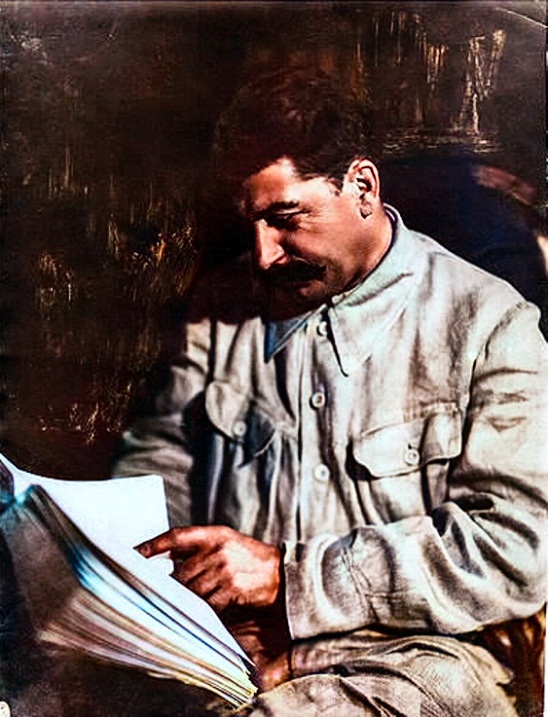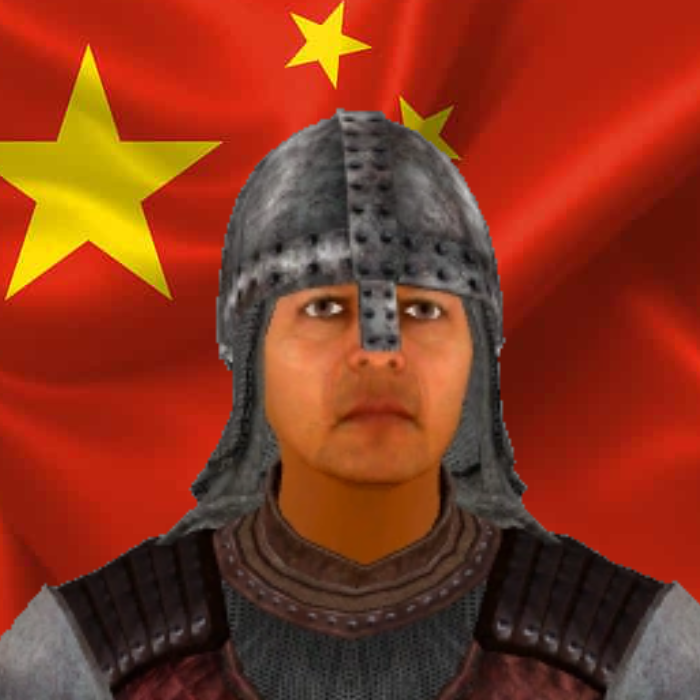Chips, packet (ready salted, salt and vinegar or chicken flavour) = NOT WOKE
Chips, packet (all other flavours) = WOKE
Chocolate, Whittaker’s Miraka Kirīmi = WOKE
Chocolate, other = NOT WOKE

Comrades, I can’t even. This bloody bastard wants to fight a culture war on cuisines.
The funniest thing is that he tried starting the war by punching against sushi, which even most kiwi boomers enjoy by this point.
Like trying to launch an invasive species eradication campaign by strangling a puppy.
strangling a puppy.
I believe Americans have politicians with experience in such actions. Perhaps he’s taking a page out of their book.
Pasta, canned (spaghetti) = NOT WOKE
Pasta, real (spaghetti) = WOKE
Straddling a fine line in the fascist movement here. What is their opinion on rice?
I’ve found that for anglos all rice, including risotto is foreign shit that should be banned.
Those aren’t real fascism connoisseurs. True fascists hate pasta.
Futurist cooking will be free of the old obsessions with volume and weight and will have as one of its principles the abolition of pastasciutta. Pastasciutta, however agreeable to the palate, is a passéist food because it makes people heavy, brutish, deludes them into thinking it is nutritious, makes them skeptical, slow, pessimistic.
-Filippo Tommaso Marinetti
Then Mussolini promoted rice, although probably due to supply chains instead of ideology.
Sorta, yeah, but mussolini was really into wheat, too, especially as the way to “develop” southern Italy. Northern Italy mostly grew corn and rice, and southern Italy has been growing wheat for over 2000 years. One of the largest agricultural projects of the fascist era was the pursue of higher yields of wheat, mostly by the substitution of local, heirloom wheat varieties that co-evolved with local biodiversity and production methods, in favor of “modern” wheat, which required heavy tilling, chemical fertilizers and mechanized agriculture.
All of this and more, like the multiple “sagre” (agricultural festivals based around a local product; for example “the sagra of the Piedmontese fat Ox” in the north) was done in the name of “agricultural autarchy”, a rudimentary, fascist understanding of national food security, and the uplifting of the individual peasant’s image in Italian consciousness as a patriotic, self-determined, and independent example of the kind of man that fascist Italy expected of its citizenry, despite the material reality of most peasants being somewhere between day laborers in large landholder’s land (the real powrr base of the rural fascist), and impoverished subsistence farmers.
Very interesting!
Chips, hot = NOT WOKE

I agree. The people who eat them just twerk, charge they phone, and lie.
They probably think it only applies to “hot” people.

Sissy Graydon Carter of failing Vanity Fair Magazine and owner of bad food restaurants has a problem-his V.F. Oscar party is no longer “hot”
I said this in the last post, but
 nuke New Zealand too, no angloid fascist nation should be spared
nuke New Zealand too, no angloid fascist nation should be sparedthe fact that these weirdos have a whole category of cheese literally called “tasty cheese”
If you ever want a trip down a rabbit hole I have a bald man that can lead you.
Well you’ve got mild cheese, tasty cheese and sharp cheese.
I would argue that all cheese is tasty cheese
Peanut butter, crunchy = WOKE
Peanut butter, smooth = NOT WOKE
I’ve only known two people who like crunchy and they were both turbolibs
I just like cromch :(









